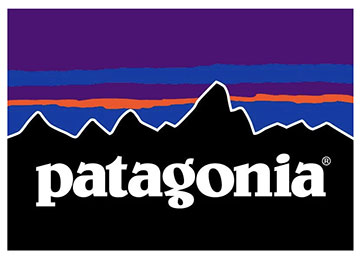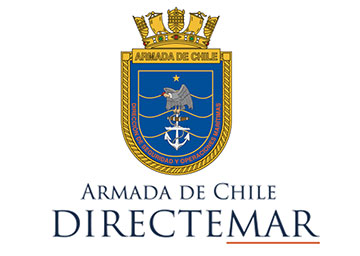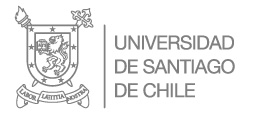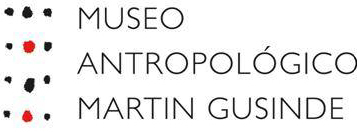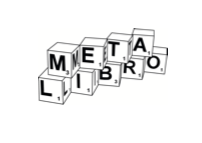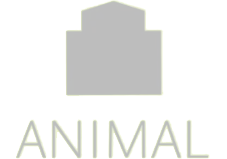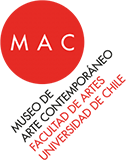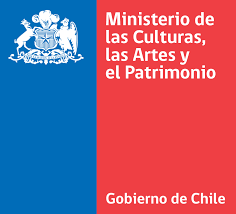Bruno Giliberto spent five months traveling from the Peruvian border all the way down to Cape Horn, following the Chilean coast. The journey was made in a 4x4 vehicle along the coastal route, as well as by ferry and Chilean Navy ship to reach the island of Cape Horn.
Since the beginning of romanticism, "The wanderer's journey has long been considered as an allegory of our journey through life. Traversing the dangers and beauties of life and nature came to symbolize man's journey through life and his search for understanding and experience.”1
The backbone of MAREA is the journey along the Chilean coast, from the border with Peru to Cape Horn, through the journey where the fieldwork was done, and, as stated in the previous paragraph, symbolically sought by the understanding and experience, not only of the wanderer, but of our relationship as a Chilean society with the sea in the present and our memory. The story was constructed and developed from the journey through the landscape, the geography and the territory.
The entire trip lasted five months, equivalent to 22 weeks, during which a list of approximately 120 places were visited throughout the Chilean maritime territory, an extension of approximately 20,000 km was covered, of which approx. 2,500 were by ferry in the south of Chile.
The final route was structured as the trip and the research developed. The list of places where we stayed overnight is as follows:
December and January: Van conversion, design and build by Bruno Giliberto
1 “Wanderlust, From Caspar David Friedrich to Auguste Renoir”, Exhibición en Alte Nationalgalerie, Berlín, Alemania, 2018.
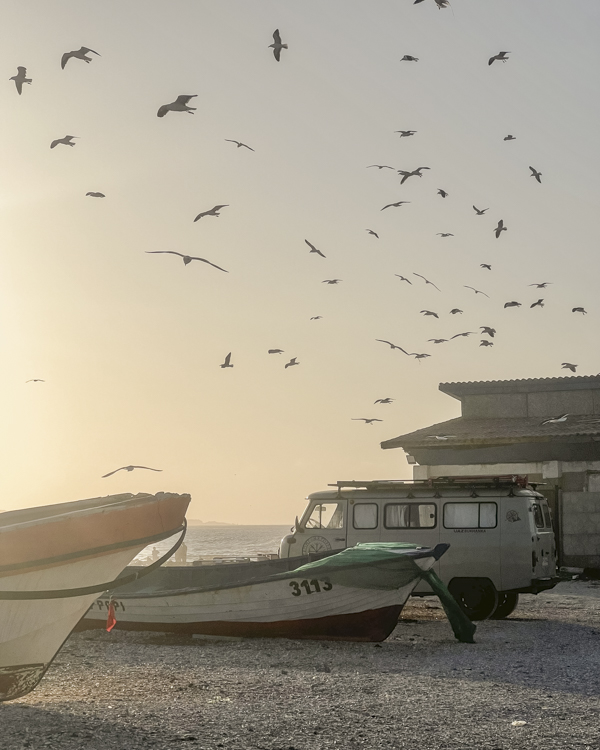
©: Bruno Giliberto
- February:
- 1.- Punta de Choros
- 2.- Caldera (Copec)
- 3.- Santiago (personal work)
- 4.- Santiago (personal work)
- 5.- Taltal

- 6.- Hornitos
- 7.- Iquique

- 8.- Faro Concordia (Border with Peru)

- 9.- Faro Concordia (Border with Peru)

- 10.- Temuco (personal work)
- 11.- Temuco (personal work)
- 12.- Arica
- 13.- Arica
- 14.- Caleta Camarones
- 15.- Caleta Camarones
- 16.- Pisagua

- 17.- Iquique

- 18.- Iquique

- 19.- Iquique

- 20.- Alto Patache
- 21.- Ike Ike
- 22.- Tocopilla

- 23.- Tocopilla

- 24.- Hornitos
- 25.- Mejillones

- 26.- Mejillones

- 27.- Ni pena, ni miedo (Zurita)
- 28.- Paposo
- March:
- 1.- Tatal

- 2.- Taltal

- 3.- Taltal

- 4.- Cifuncho
- 5.- Chañaral

- 6.- Caldera
- 7.- Caldera
- 8.- Puerto Viejo
- 9.- Barranquilla
- 10.- Punta de Lobos
- 11.- Huasco

- 12.- Chañaral de Aceituno
- 13.- Punta de Choros
- 14.- Chungungo - Cruz Grande

- 15.- Chungungo - Cruz Grande

- 16.- La Serena

- 17.- Santiago (personal work)
- 18.- Santiago (personal work)
- 19.- Tongoy
- 20.- La Serena

- 21.- Tongoy
- 22.- Tongoy
- 23.- Combarbalá
- 24.- Combarbalá
- 25.- Los Vilos (Copec)
- 26.- Los Molles (Scuba Diving Certification)
- 27.- Los Molles (Scuba Diving Certification)
- 28.- Los Molles (Scuba Diving Certification)
- 29.- Santiago
- 30.- Santiago
- 31.- Santiago
- April:
- 1.- Los Molles (Scuba Diving Certification)
- 2.- Los Molles (Scuba Diving Certification)
- 3.- Zapallar
- 4.- Quintero

- 5.- Valparaíso

- 6.- Marbella
- 7.- Marbella
- 8.- Valparaíso

- 9.- Valparaíso
- 10.-Valparaíso
- 11.- Valparaíso
- 12.- Algarrobo

- 13.- Las Cruces
- 14.- San Antonio

- 15.- San Antonio

- 16.- San Antonio

- 17.- Pichilemu

- 18.- Pichilemu

- 19.- Punta de Lobos
- 20.- Constitución

- 21.- Constitución

- 22.- Dichato
- 23.- Lirquen

- 24.- Talcahuano

- 25.- Talcahuano

- 26.- Lebu

- 27.- Lota

- 28.- Temuco
- 29.- Carahue
- 30.- Caleta Barra
- May:
- 1.- Corral
- 2.- Niebla
- 3.- Valdivia
- 4.- Osorno
- 5.- Osorno
- 6.- Osorno
- 7.- Hornopirén

- 8.- Calbuco

- 9.- Ancud

- 10.- Achao
- 11.- Castro

- 12.- Castro

- 13.- Ferry Quellón - Puerto Chacabuco

- 14.- Ferry Quellón - Puerto Chacabuco

- 15.- Coyhaique
- 16.- Rio Tranquilo
- 17.- Cochrane
- 18.- Caleta Tortel

- 19.- Caleta Tortel

- 20.- Ferry Puerto Yungay - Puerto Natales

- 21.- Ferry Puerto Yungay - Puerto Natales

- 22.- Puerto Natales

- 23.- Puerto Natales

- 24.- Punta Arenas

- 25.- Ferry Punta Arenas - Puerto Williams

- 26.- Ferry Punta Arenas - Puerto Williams

- 27.- PSG Isaza - Puerto Williams

- 28.- PSG Isaza - Cabo de Hornos - Wallaston - Nueva

- 29.- PSG Isaza - Cabo de Hornos - Wallaston - Nueva

- 30.- PSG Isaza - Puerto Williams

- 31.- PSG Isaza - Puerto Toro - Picton - Snipe

- June
- 1.- PSG Isaza - Puerto Williams

- 2.- PSG Isaza - Puerto Williams

- 3.- PSG Isaza - Puerto Williams

- 4.- PSG Isaza - Timbales - Yamana - Navarino - Corriente

- 5.- PSG Isaza - Timbales - Yamana - Navarino - Corriente

- 6.- PSG Isaza - Puerto Williams

- 7.- Punta Arenas

- 8.- Porvenir

- 9.- Faro Espiritu Santo

- 10.- Faro Dungeness

- 11.- Punta Arenas

- 12.- Torres del Paine
- 13.- Torres del Paine
- 14.- Ferry Puerto Natales - Puerto Yungay

- 15.- Ferry Puerto Natales - Puerto Yungay

- 16.- Ferry Puerto Natales - Puerto Yungay

- 17.- Puerto Rio Tranquilo
- 18.- Coyhaique
- 19.- Villa Amengual
- 20.- Puerto Cisnes

- 21.- Ferry Chaiten - Puerto Montt

- 22.- Ferry Chaiten - Puerto Montt

- 23.- Osorno
- 24.- Chillán
- 25.- Valparaíso (San Pedro's festival)
- 26.- Valparaíso
- 27.- Santiago. END
- Nomenclature
 Ferry
Ferry PSG 73, Isaza, Chilean Army
PSG 73, Isaza, Chilean Army Governor's Office, Port Captaincy or Mayor's Office of the Sea, Chilean Navy
Governor's Office, Port Captaincy or Mayor's Office of the Sea, Chilean Navy
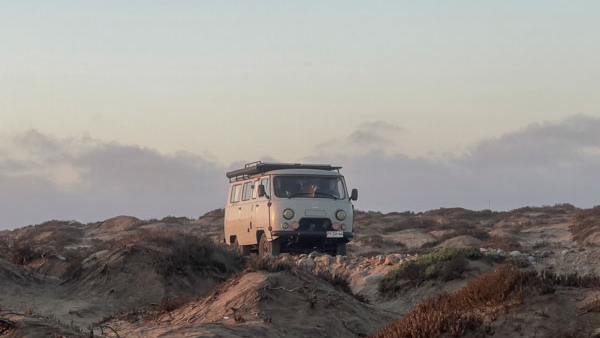
Punta de Choros
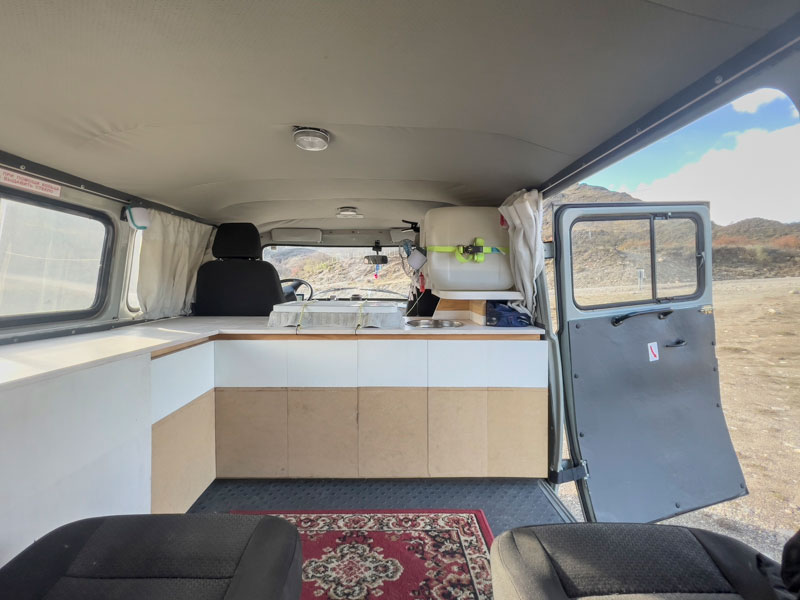
Interior campervan
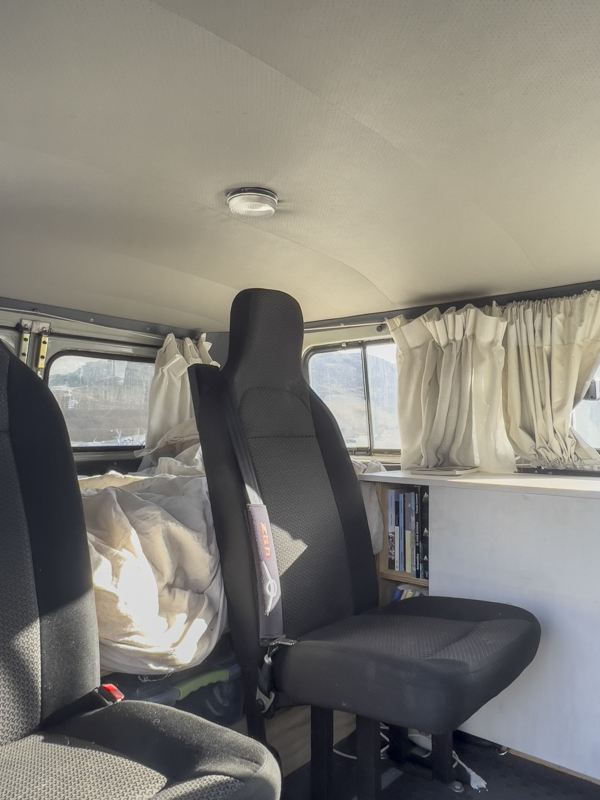
Interior campervan
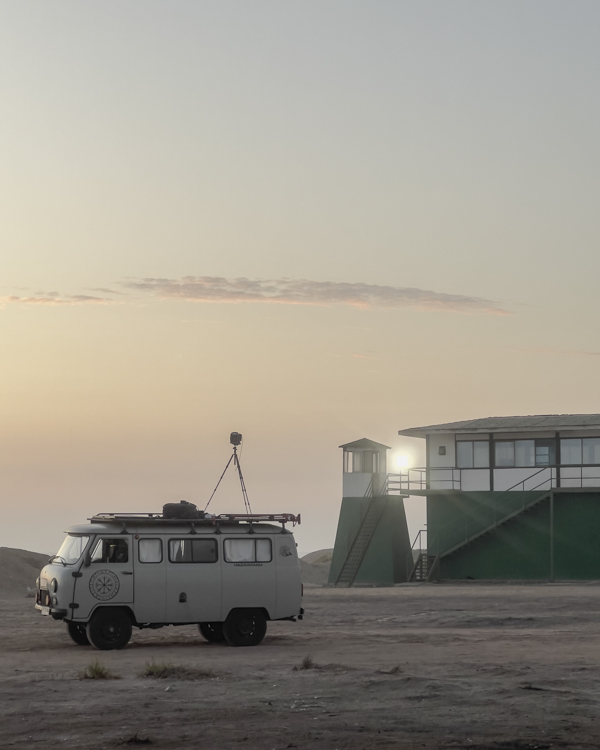
Concordia Lighthouse, Peruvian border, Chile.
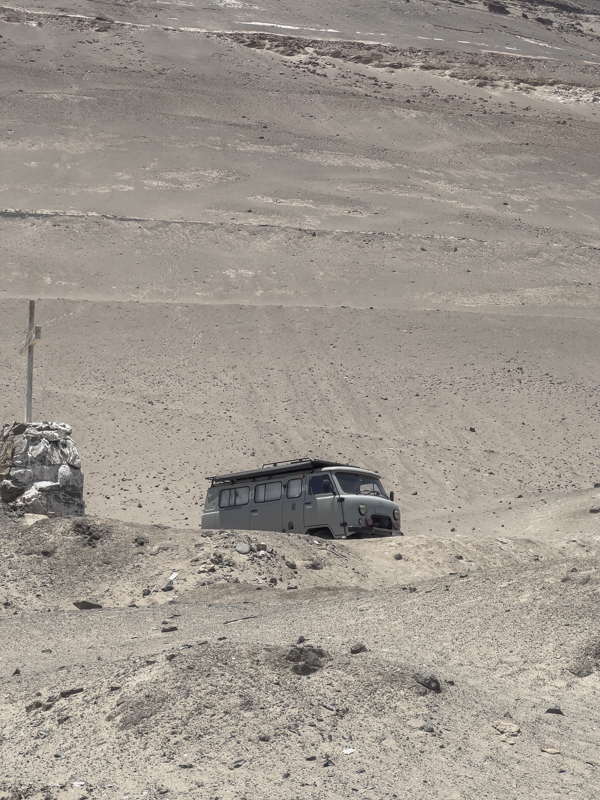
Pisagua, Chile
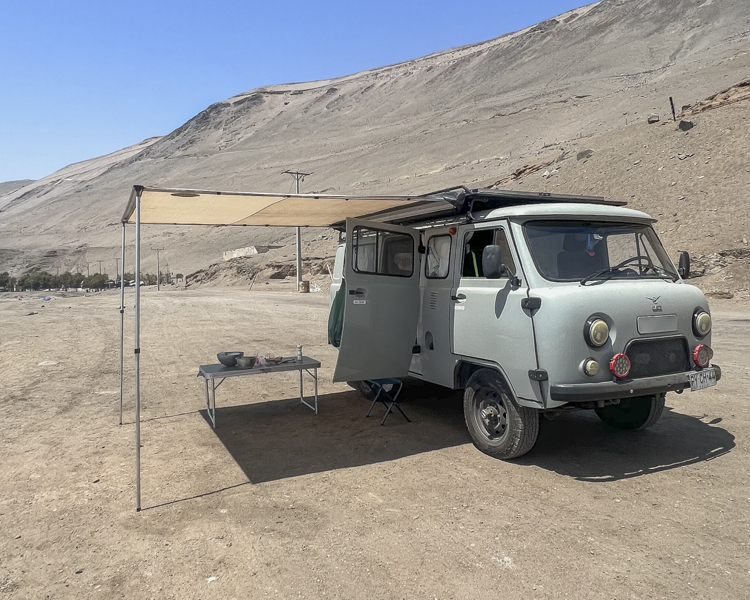
Pisagua, Chile
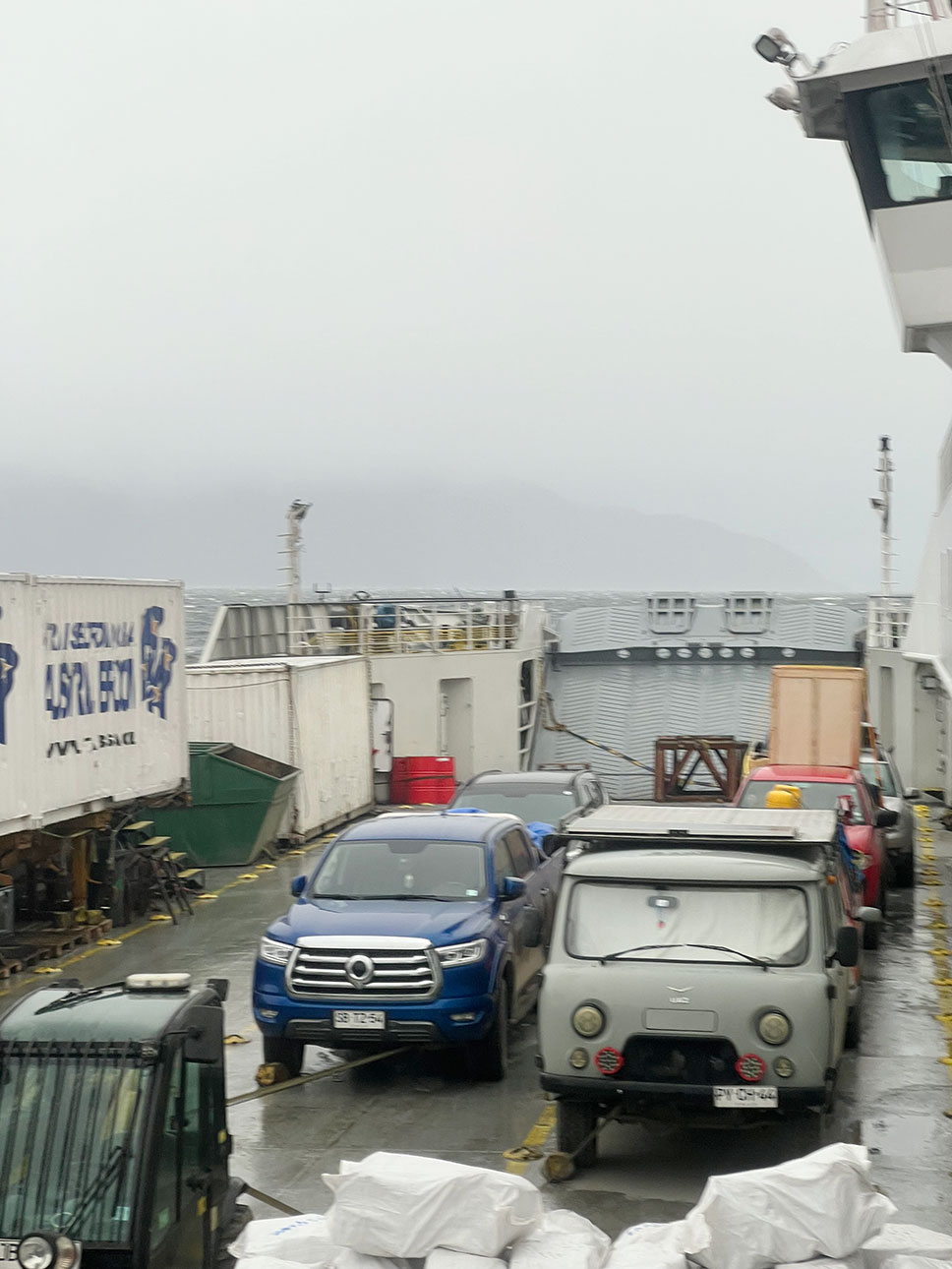
Ferry Puerto Natales - Puerto Yungay
In MAREA we worked with a large format 4x5 camera and Kodak Portra 160 colour negatives. This camera, due to its manipulation and operation process, forces us to connect and understand the places through observation before shooting just once.
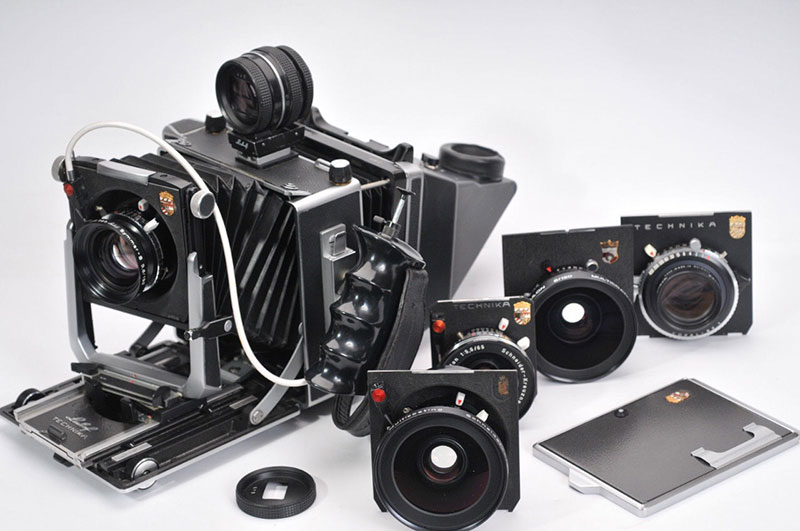
MAREA is a relational and situational project, in which the process is characterised by a dialogue with the landscape, geography and territory, a methodology that will be part of each stage of the project. However, it is during the trip and the production of the photographic record that this relational and situational coupling becomes important within the creative process of experimentation and theoretical and practical conceptualization. The use of a 4x5 Large Format camera is a key and transforming element in relation to the landscape, geography and territory. How the research is going to be affected by the process of using the camera and vice versa is one of the main interests in the process. This camera only allows you to take a single photograph in approximately 5 minutes, forcing you to connect and understand a place through acute observation before producing a single image. It is a meditative work that requires absolute concentration, persistence and patience. It is a moment when there is nothing else than the flow between what is being observed and what we are attracted to, the punctum of which Roland Barthes speaks of in "a Chambre Claire : Note sur la photographie". However, what to look for, or where to find “the punctum”will be part of the dialogue between the researcher and the photographer, it is the artistic research itself, a collaborative work process between what we might see and what we might know.
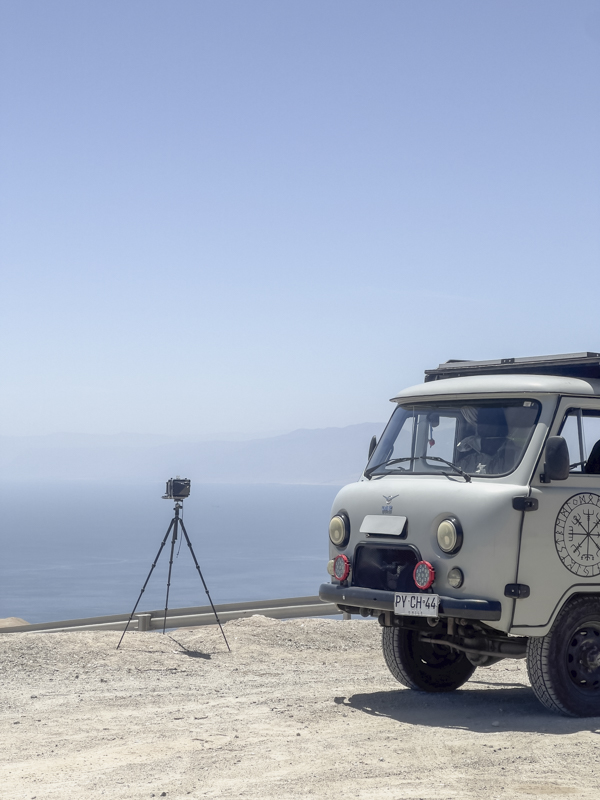
©: Bruno Giliberto
Bruno Giliberto’s working method in recent years, and which will be carried out once again in MAREA, is as follows, as he explain: “I take long walks carrying my backpack while I seek and find what I’m interested in capturing, entering a meditative state of observation of reality as it is. I cease to focus on what I would like to find and I start to see what is in front of me. Once I am faced with a scene that grabs my attention, I stop to observe what happens without modifying or altering the mood of things. After a few minutes I leave and open my backpack on the floor. I open and place the tripod, mount the camera and fix its back depending on whether the scene is horizontal or vertical. I level the camera position with the bubble level. I select a lens and mount it on the camera. I compose through the ground glass. If there is excessive light, I cover myself with a dark cloth. I correct the camera level and fix the position of the tripod. I adjust the focus with a magnifying glass. I measure the light, install the cable release, adjust the aperture on the lens and the shutter speed according to the light needed for the shot. I close the lens. I load the trigger. I mount the film holder. I remove the protective guillotine from the film holder. I hold the trigger release. I wait a few seconds and I take a shot. I flip the guillotine over and reinsert it into the film holder. I take the film holder out of the camera and put it back in my backpack in a black bag to protect it from the light. I take my notebook and take a few notes of the image I just made. I write down date and time, lens, aperture and shutter speed”. This process will be repeated for each photograph that will be exhibited at the final three exhibitions. It constitutes the minimum procedure to be able to produce a single photograph, taking approximately 8 minutes from when he puts his backpack on the floor until the picture is taken. Then Bruno puts everything back in its place, puts his backpack on and walks in silence once more.
MAREA has this cyclical time, the coming and going of water: walking again in order to stop once more.
27 4x5 boxes and 50 rolls of 120 format Kodak Portra 160 film were used. The negatives were developed and scanned by Bruno Giliberto. They were developed manually in Berlin and digitised at the Druckwerkstatt BBK-Kulturwerk in Bethanien, Berlin.

©: astuwari
Equipment:
camera
- Linhof Master Technika Classic
films
- 270 Kodak Portra 160, 4x5’ format
- 50 rolls Kodak Portra 160, 120 format
lenses
- Sinar Sinaron W 105º 1:4,5 f=75mm MC, Linhof plate
- Schneider-Kreuznach Super-Angulon 5,6/90 Multicoating, Linhof plate
- Schneider-Kreuznach Symmar-S 5,6/150 Multicoating, Linhof plate
- Schneider-Kreuznach Apo-Symmar 5,6/240 Multicoating, Linhof plate
120 format adapters
- Linhof Super Rollex 6x9
- Shen-Hao back 6x17
tripod
- Gitzo Traveler GK 1555T-82TQD
lightmeter
- Sekonic Digi Lite L-318B
accessories
- Bubble level 3 axis,
- Focusing loupe 8x,
- Dark cloths,
- 5 film holders Lisco Regal II,
- Darkroom cloth,
- Little note book,
- Pencil,
- Black Gaffer.
total weight app.
-18 kg.
Acknowledgements
To Professor Eduardo Emparanza for his unconditional support and knowledge for the development of the project throughout Chile.
To Professor Carlos Valderrama, Lieutenant Commander LT Cristian Concha, and the Chilean Navy, through DIRECTEMAR, for the extensive support provided to the Governors, Port Captains and Mayors of the sea along the Chilean territory.
To the crew of the PSG 73 Isaza, in particular the chamber of capes and sailors, with whom we sailed the waters off the southern tip of the continent.
The Museum of Contemporary Art for its support and collaboration in the exhibition of the project.
To Patagonia for inviting us to be part of the Patagonia Pro programme.
To the USACH Cultural Corporation, LaderaSur, Citylab Global, Metalibro, Pukka Chile, Galería Animal and the Martín Gussinde Anthropological Museum of Puerto Williams.
Project Financed by the National Fund for Cultural Development and the Arts, Call 2021.
